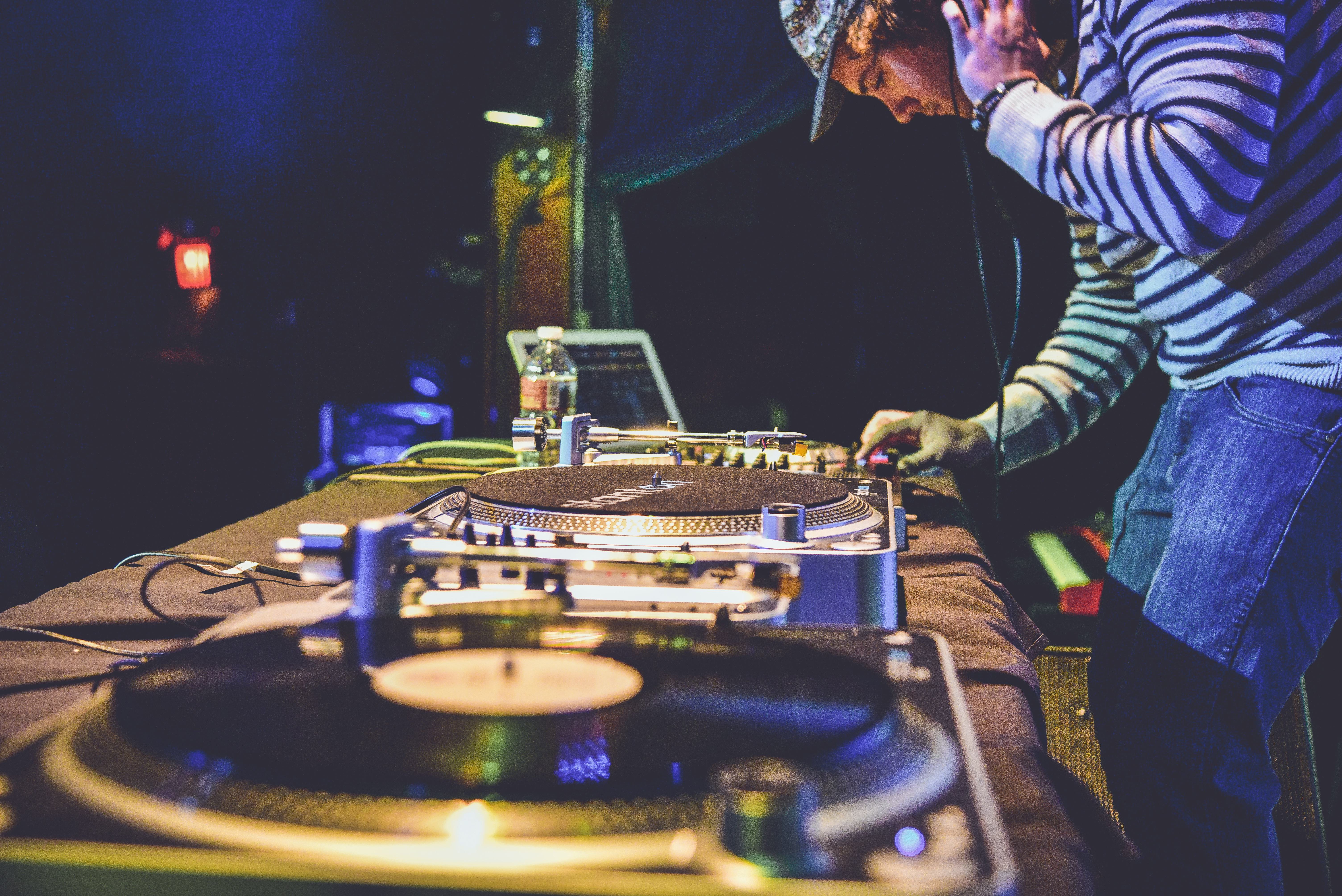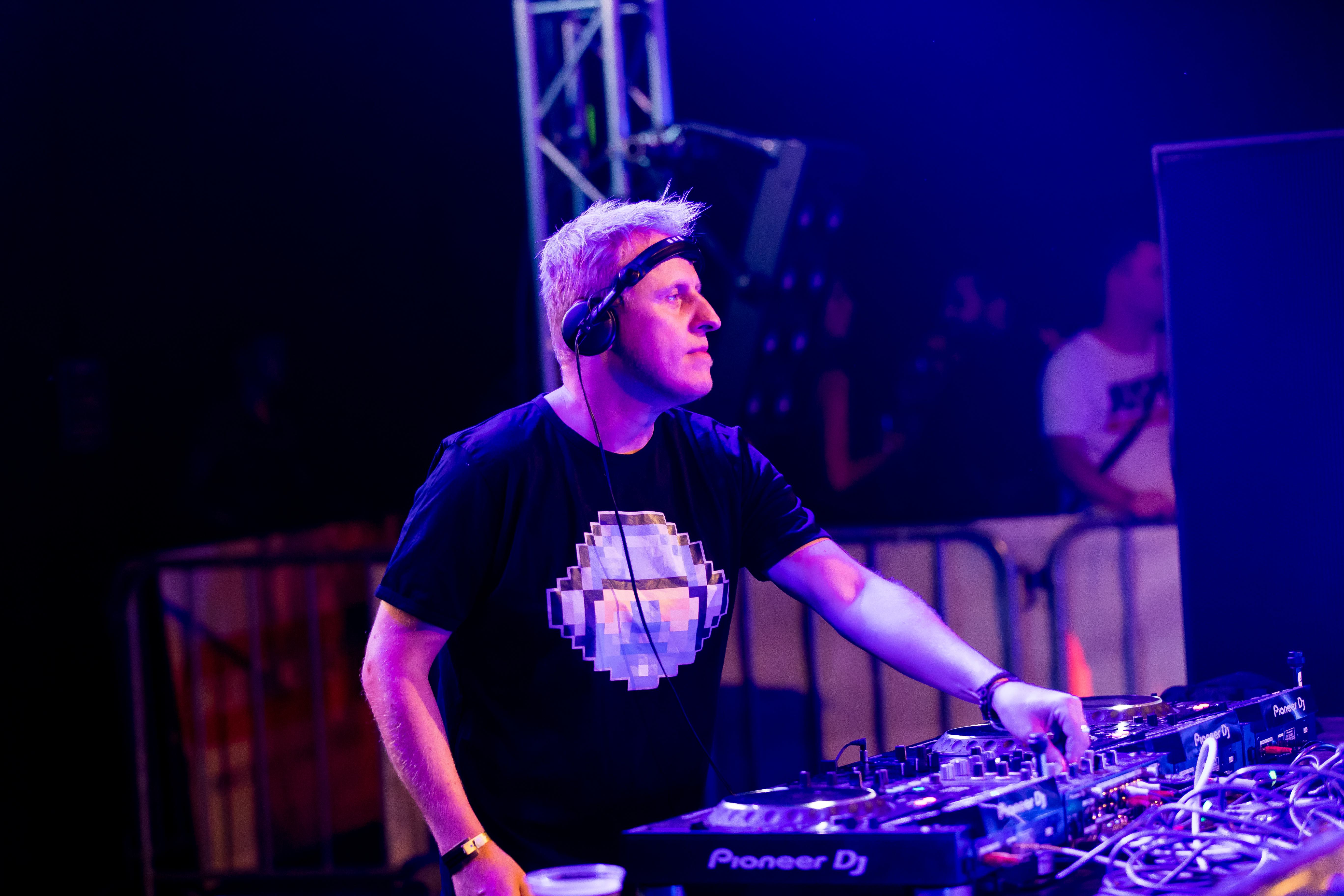Do you want to be able to add that extra layer to your music-mixing skills? Or do you just love the sound of acapella and want to try something different in the booth? Either way, read on and you’ll learn how to use acapellas to create your own, unique DJing sound.
1. Introduction to Acapellas and DJing
Acapellas
An acapella is a type of vocal music with that has no accompanying music. It is a type of vocal performance that uses only voices as the instrumentation. It is often used as an instrumental accompaniment in vocal performances and has been used by numerous artists to create unique harmonies and vocal effects that define their songs.
DJing
DJing is an art form where the DJ mixes different musical elements to create unique musical pieces. DJs use a wide range of tools, including mixers, audio loops, and soundboards, to create complex sound designs. By combining digital music elements with live performance, DJs can create unique and one-of-a-kind tracks that can be used in live performances. Additionally, DJs can also use acapellas as part of their sets, combining them with samples and effects to create unforgettable records for an audience.

2. Collecting and Preparing DJ Acapellas
Whether you are a professional or an amateur, collecting DJ acapellas for your remixes is an essential first step. When you’re selecting which acapellas you’d like to work with, keep in mind that not all acapellas are equal in quality. Here’s what you should know when it comes to collecting DJ acapellas:
- Find the right source: Look for established or reputable websites that offer high-quality acapellas. Check out official artist websites and forums for user-generated material.
- Check the tempo and key: If the tempo or key doesn’t match your production, you won’t be able to work with the acapella.
- Make sure it’s royalty-free: Be sure to read the licensing details to ensure that your remixes are royalty-free.
Once you’ve collected the perfect acapellas, you can start prepping them for remixing. This process should involve removing any background noise or distortion that may be present in the acapella. This can be done using EQ, compression, or by using specialised plugins. You can also do some tweaking to ensure that the acapella is the right speed and pitch, using audio software such as ProTools or Audacity.

3. Building a Dynamic Music Setlist with Acapellas
If you’re a DJ looking to create an unforgettable setlist for your next event or gig, adding Acapella tracks will help you stand out as an artist and provide a unique sound. Acapellas are recordings of a human voice or vocal performance without the music, providing a great way to break up a continuous dance track and create something dynamic. Here are a few tips for creating an amazing setlist using Acapella tracks.
- Pay attention to the genre – Paying attention to the genre of music you plan to mix will help ensure a smooth transition between sets. Acapella tracks can make great transitions between two different genres of music, so pay close attention to the setlist you create to ensure the Acapella adds to the overall experience.
- Mix up the pitch and tempo - Consider changing the pitch and tempo of the Acapella to create a unique sound. Doing so can help you break up a monotonous track or provide a completely different element to your set.
- Vary the types of vocals – Use a combination of male and female vocalists and different vocal styles, such as accents, to keep the listeners engaged and excited.
- Find the right samples – There are a variety of iconic vocal samples available, from Snoop Dogg to Ella Fitzgerald. Integrating these samples into your setlist will help you stand out from other DJs and create a unique and memorable sound.
Using Acapellas can be a great way to create a dynamic setlist and add a unique element to your performance. Leveraging different vocal samples and mixing up the pitch and tempo can help you stand out from other DJs and create an unforgettable setlist for your audience.

4. Enhancing the DJ Experience By Incorporating Acapellas
Every DJ should have a trick up their sleeve; something that can surprise and excite a crowd as part of their live set. Incorporating acapellas into a DJ’s set, can do just that. By acapella remixing, DJs have the special opportunity to innovate and revive classic tracks in a creative and exciting way.
Here are 5 reasons to add acapella remixing to your DJ sets:
- Introduce new music to a crowd – Remixed acapellas can be used to test out new tracks without the entire original version.
- Create a live show experience – Live acapella remixing can add an extra energetic, theatrical show element to your performance.
- Engage the crowd – The crowd is actively encouraged to participate in the remixing process by clapping and singing along to the vocals.
- Add a sense of improvisation and surprise - Acapella remixing takes a lot of practice, and can be used to greatly vary the performance depending on the audience’s reactions.
- Break up the monotony – Incorporating acapella remixes that are relevant to the crowd can help vary the pace of the set and keep the momentum going.
Acapella remixing is a great way for DJs to experiment with and amplify the live show experience. With a bit of practice, this creative outlet can be fully integrated into any DJ set.
The Conclusion
Now that you know how to use acapellas when DJing, you can create amazing soundscapes and add layers of texture to your sets! With practice and patience, you can impress your listeners and craft an unforgettable experience. Whether you’re performing for a crowd or just for yourself, take advantage of acapellas and have a blast!

